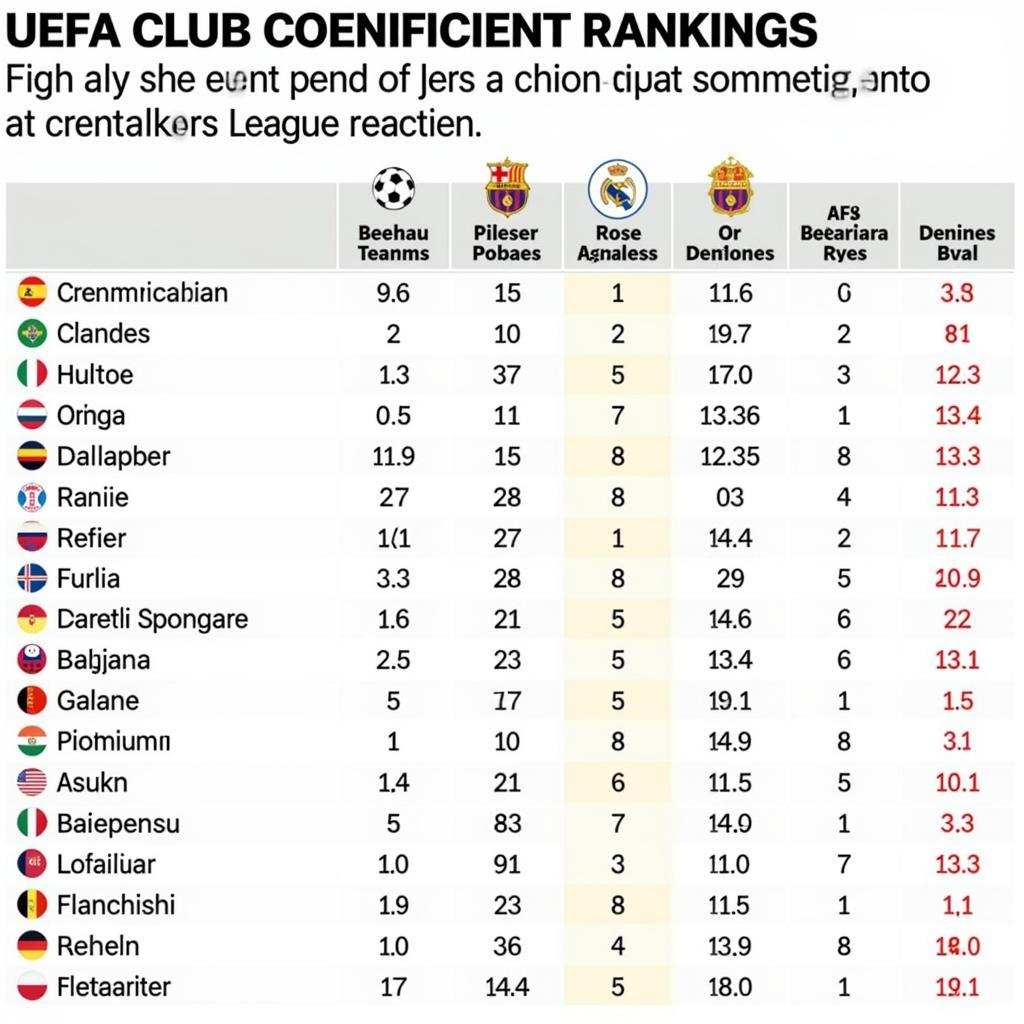Decoding the Lottery Hats: How Champions League Groups are Drawn
The UEFA Champions League draw is a spectacle that captivates football fans worldwide. As the anticipation reaches fever pitch, all eyes are on the “lottery hats”, those fateful vessels that determine the fate of Europe’s elite clubs. But how exactly does this intricate process unfold? Let’s delve into the mechanics behind the Champions League group stage draw.
 UEFA Champions League Draw Ceremony
UEFA Champions League Draw Ceremony
The Pot System: A Balancing Act
Before the draw commences, the 32 participating teams are meticulously categorized into four pots, each containing eight teams. This meticulous segregation isn’t based on random selection. Instead, it hinges on the UEFA club coefficient rankings, a system that quantifies a club’s performance in European competitions over the preceding five seasons. The higher a club’s coefficient, the higher their pot placement.
Pot 1, often referred to as the “group of death” pot, comprises the reigning Champions League and Europa League titleholders, along with the champions of the six highest-ranked national leagues based on UEFA coefficients. The remaining pots (2, 3, and 4) are populated based on the descending order of the remaining clubs’ coefficients.
This stratified system ensures a degree of balance in the group stage, preventing the strongest teams from being pitted against one another in the initial phase.
 UEFA Club Coefficient Rankings Table
UEFA Club Coefficient Rankings Table
The Draw Procedure: A Carefully Choreographed Event
The draw itself unfolds with an air of theatricality, often hosted in a glamorous European city. Two sets of balls are used: one containing the names of the clubs, the other containing the group designations (Group A, Group B, and so forth).
A renowned figure from the footballing world, often a former player or coach, presides over the ceremony, drawing a ball from each set to determine which club is placed in which group.
Expert Insight:
“The Champions League draw is a night of nervous anticipation for clubs and fans alike,” says Alessandro Del Piero, former Juventus and Italy forward. “The moment your team’s name is drawn can set the tone for the entire campaign.”
Navigating Restrictions: Country Protection and More
The draw process, however, isn’t as straightforward as randomly assigning teams. UEFA imposes several restrictions to ensure fairness and logistical feasibility.
One key stipulation is country protection. Teams from the same country cannot be drawn into the same group during the group stage. For instance, Real Madrid and Barcelona, both hailing from Spain, cannot be placed in the same group.
Furthermore, political constraints might also factor in, prohibiting teams from certain countries from being drawn together due to geopolitical sensitivities.
The Thrill of Uncertainty: Embracing the Unpredictable
While the “lottery hats” might appear to dictate the fate of the competing clubs, the beauty of the Champions League lies in its inherent unpredictability. The group stage draw, with its intricate rules and captivating ceremony, serves as a tantalizing prelude to the drama that unfolds on the pitch.
As the balls are drawn and the groups take shape, one thing is certain: the Champions League never fails to deliver a captivating spectacle of skill, passion, and the relentless pursuit of European glory.

